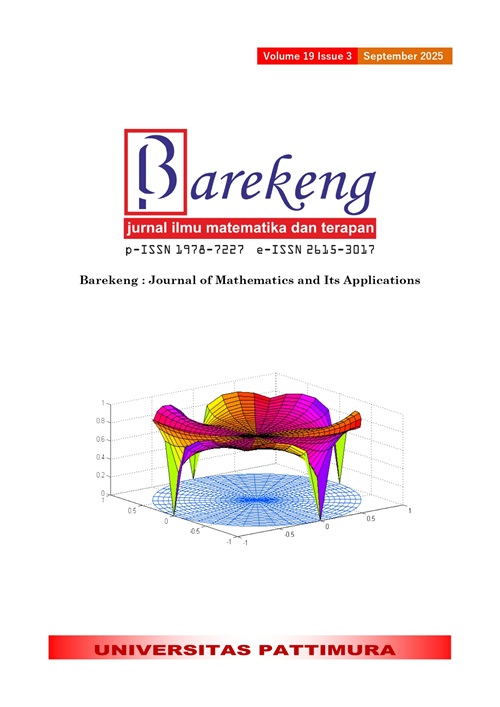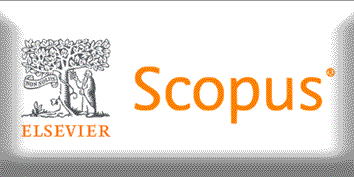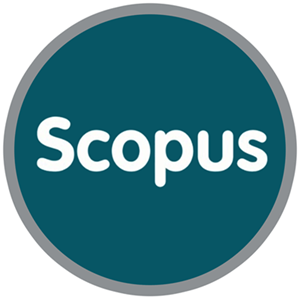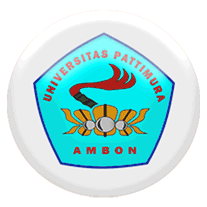COX PROPORTIONAL HAZARD AND EXPONENTIAL SURVIVAL ANALYSIS IN PATIENTS WITH END-STAGE CHRONIC KIDNEY FAILURE AT BOJONEGORO
Abstract
End-stage chronic renal failure is a condition that requires long-term treatment such as haemodialysis and poses a serious threat to patient survival. However, the survival time of each patient varies, depending on various clinical and demographic factors. Identifying variables that have a significant effect on survival time is important to help medical personnel prioritise patient care. Cox proportional hazard and exponential regression are statistical methods used to identify independent variables that affect the dependent variable, survival time. In this study, Cox proportional hazard and exponential regression survival analysis were modelled on end-stage chronic renal failure patients who were hospitalised in January-April 2024 at RSUD Dr. R. Sosodoro Djatikoesoemo Bojonegoro. This study aims to identify independent variables that have a significant influence on the survival rate of patients with end-stage chronic renal failure and the best model between Cox proportional hazard and exponential models. The Cox Proportional Hazard method is a semi-parametric method that analyses the influence of variables without having to know the specific shape of the failure time distribution. Meanwhile, the exponential model is a parametric model that assumes that the hazard function is constant over time. In this study, 10 variables were used to see their influence on the risk of occurrence. The results of Cox proportional hazard and exponential regression analysis obtained independent variables that have a significant effect, the variables of main complaint (X3), urea (X6), and diastolic blood pressure (X8) on the survival time of patients with chronic renal failure. The hazard ratio value on significant variables, the variable that can increase the risk of death, is urea. Every additional 1 mg/dL urea value will increase the risk of death of chronic renal failure patients by 0.9%. The exponential model of 383.4526 is the best model based on the AIC value.
Downloads
References
Kleinbaum, D.G., & Klein, M. (2012). SURVIVAL ANALYSIS: A SELF-LEARNING TEXT, THIRD EDITION. New York: Springer-Verlag.doi: https://doi.org/10.1007/978-1-4419-6646-9
KEMENKES, “KEPUTUSAN MENTERI KESEHATAN RI TENTANG PEDOMAL TATA LAKSANA GAGAL GINJAL KRONIK,” pp. 1–289, 2023.
Kemenkes, “HARI GINJAL SEDUNIA 2024,” Kemenkes. [Online]. Available: https://p2ptm.kemkes.go.id/infographic-p2ptm/penyakit-ginjal/hari-ginjal-sedunia-2024 [Accessed 06 September 2024].
I. N. Illahi, W. Alwi, and A. Sauddin, “ANALISIS SURVIVAL TERHADAP PASIEN PENDERITA PENYAKIT GAGAL GINJAL MENGGUNAKAN METODE KAPLAN MEIEr,” vol. 12, no. 1, 2024.
A. S. Khinanti, S. Sudarno, and T. Wuryandari, “MODEL REGRESI COX PROPORTIONAL HAZARD PADA DATA KETAHANAN HIDUP PASIEN HEMODIALISA,” J. Gaussian, vol. 10, no. 2, pp. 303–314, 2021, doi: https://doi.org/10.14710/j.gauss.v10i2.30958.
F. Alisa & C. Wulandari, “FAKTOR-FAKTOR YANG BERHUBUNGAN DENGAN. KEPATUHAN PASIEN PENYAKIT GINJAL KRONIK (PGK) YANG MENJALANI,” Poltekkes Kemenkes Yogyakarta, 2019.doi: https://doi.org/10.36984/jkm.v2i2.63
A. A. R. Fernandes & Solimun, PEMODELAN STATISTIKA PADA ANALISIS RELIABILITAS DAN SURVIVAL. 2016.
G. C. Anderson, D. R., Burnham, K. P., White, “COMPARISON OF AKAIKE INFORMATION CRITERION AND CONSISTENT AKAIKE INFORMATION CRITERION FOR MODEL SELECTION AND STATISTICAL INFERENCE FROM CAPTURE-RECAPTURE STUDIES.,” J. Appl. Stat. 25(2) 263-282. DOI10.1080/02664769823250., 1998.doi: https://doi.org/10.1080/02664769823250
T. Asrofi, A., & Arisdiani, “STATUS ENERGI FUNGSI FISIK DAN KUALITAS TIDUR PASIEN PENYAKIT GINJAL KRONIK YANG MENJALANI HEMODIALISIS,” J. Keperawatan, 12(2), 153-160, vol. 1, no. 1, pp. 1–8, 2020.
K. International, “KDIGO 2024 CLINICAL PRACTICE GUIDELINE FOR THE EVALUATION AND MANAGEMENT,” vol. 105, 2024, doi: https://doi.org/10.1016/j.kint.2023.09.002.
S. Y. et al Peng, “IMPACT OF BLOOD PRESSURE CONTROL ON RETINAL MICROVASCULATURE IN PATIENTS WITH CHRONIC KIDNEY DISEASE,” Sci. Rep., vol. 10(1), p., 2020.doi: https://doi.org/10.1038/s41598-020-71251-z
R. P. Sari, Z. Zulfian, N. Triswanti, and T. Triwahyuni, “PERBEDAAN KADAR KREATININ PADA PASIEN GAGAL GINJAL KRONIK YANG RUTIN DENGAN TIDAK RUTIN MENJALANI HEMODIALISA DI RUMAH SAKIT PERTAMINA BINTANG AMIN BANDAR LAMPUNG,” J. Ilmu Kedokt. dan Kesehat., vol. 8, no. 2, pp. 96–101, 2021, doi: https://doi.org/10.33024/jikk.v8i2.4088.
I. R. Falah, M. H., Setyawati, T., Walanda, R. M., & Putrie, “HUBUNGAN KADAR KREATININ DENGAN HEMOGLOBIN PADA PASIEN GAGAL GINJAL KRONIK (GGK) DI RSUD UNDATA PROVINSI SULAWESI TENGAH PADA TAHUN 2022,” Med. Tadulako J. Ilm. Kedokt. Fak. Kedokteran, 9(1), 40-46., vol. 9, no. 1, pp. 40–46, 2024.
N. W. Heriansyah, Aji Humaedi, “GAMBARAN UREUM DAN KREATININ PADA PASIEN GAGAL GINJAL KRONIS DI RSUD KARAWANG,” Binawan Student J., vol. 01, no. 01, pp. 8–14, 2019.
W. Pangkey, B. C., Klaping, A. A., Lote, A. C. K., Wariso, P. A., & Salaban, “FAKTOR-FAKTOR YANG BERHUBUNGAN DENGAN PERUBAHAN TEKANAN DARAH PADA PASIEN HEMODIALISIS,” Jurnal’Aisyiyah Med. 9(2), 2024.
Copyright (c) 2025 Nur Silviyah Rahmi, Achmad Rifai, M. Irfan Islami, Annisa Andra Azifa

This work is licensed under a Creative Commons Attribution-ShareAlike 4.0 International License.
Authors who publish with this Journal agree to the following terms:
- Author retain copyright and grant the journal right of first publication with the work simultaneously licensed under a creative commons attribution license that allow others to share the work within an acknowledgement of the work’s authorship and initial publication of this journal.
- Authors are able to enter into separate, additional contractual arrangement for the non-exclusive distribution of the journal’s published version of the work (e.g. acknowledgement of its initial publication in this journal).
- Authors are permitted and encouraged to post their work online (e.g. in institutional repositories or on their websites) prior to and during the submission process, as it can lead to productive exchanges, as well as earlier and greater citation of published works.






1.gif)



